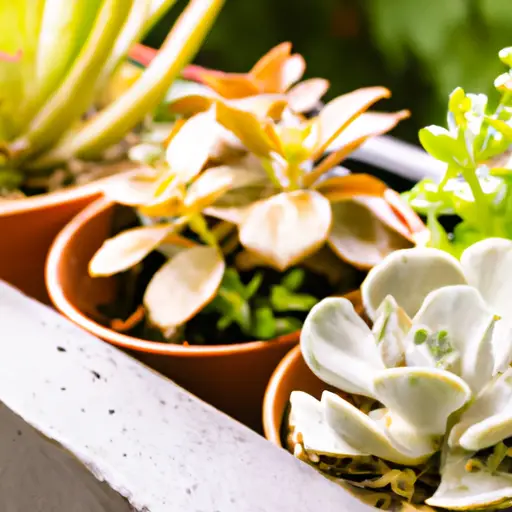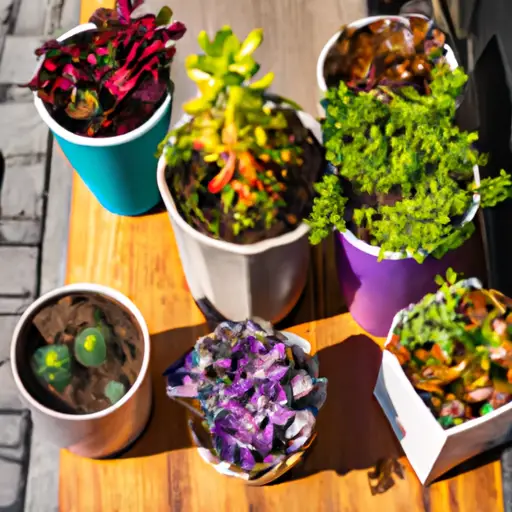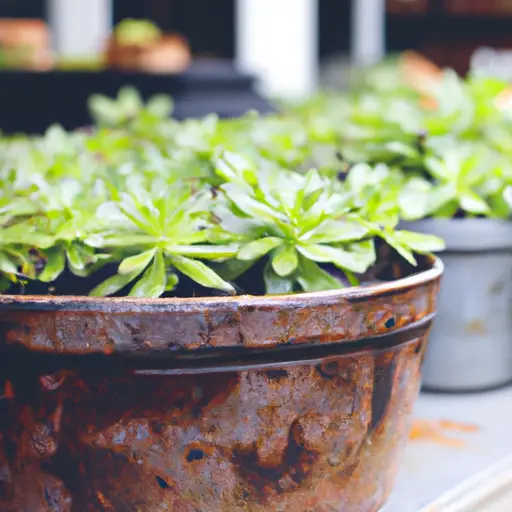Container Gardening on a Budget: Affordable Ways to Enjoy Greenery at Home
Container gardening is a fantastic way to bring the joys of gardening into your home, especially if you have limited space or live in an urban environment. Whether you have a small balcony, a tiny patio, or even just a windowsill, container gardening allows you to create your own mini oasis and enjoy the beauty of nature. While some may assume that gardening can be an expensive hobby, there are plenty of affordable ways to enjoy greenery at home without breaking the bank. In this article, we will explore various budget-friendly tips and tricks for successful container gardening.
1. Plan and Research: Before getting started with your container garden, take some time to plan and research. This will help you make informed decisions about what plants to grow and how much money you’ll need for supplies. Consider the amount of sunlight your space receives, the types of plants that will thrive in those conditions, and how much time and effort you can dedicate to maintenance.
2. Choose the Right Containers: When it comes to containers, there’s no need to splurge on expensive planters. Many household items can be repurposed as containers – old buckets, wooden crates, even mason jars can make charming homes for your plants. Alternatively, visit thrift stores or yard sales where you can often find affordable pots and planters that are still in good condition.
3. Get Creative with Repurposed Materials: Look around your home for unused items that can serve as planters or support structures – like old watering cans or ladders. You can also repurpose items such as teapots or colanders for smaller plants or herbs. Not only will this save money but it will also add a unique touch to your garden.

4. Soil Mixtures: Instead of buying expensive pre-mixed soil from garden centers, consider making your own soil mixtures. Combine equal parts of compost, peat moss, and vermiculite or perlite to create a nutrient-rich and well-draining soil. You can also reuse soil from previous containers by mixing it with fresh compost or organic matter to replenish its nutrients.
5. Grow from Seeds: Growing plants from seeds is significantly cheaper than buying ready-to-plant seedlings. Check local garden centers or online stores for affordable seed packets. You can start seeds in recycled containers like egg cartons, yogurt cups, or even newspaper pots. It may take a little longer to see results, but the satisfaction of growing your plants from scratch will make it worthwhile.
6. Share and Swap: Connect with other gardening enthusiasts in your community through forums, social media groups, or local gardening clubs. Sharing seeds, cuttings, or extra plants with one another can be a cost-effective way to expand your garden collection without spending much money.
7. Propagate and Multiply: Many plants can be propagated by taking cuttings from an existing plant and nurturing them until they develop roots of their own. This technique not only saves money but also allows you to grow multiple plants from a single parent plant. Some popular examples of easily propagated plants include succulents, herbs like mint and basil, and many houseplants such as pothos or spider plants.
8. Composting: Rather than buying expensive fertilizers and additives for your plants, consider starting a compost bin at home. Collect kitchen scraps such as fruit peels, coffee grounds, and vegetable leftovers – along with yard waste – in a dedicated compost bin or pile. Over time, this organic matter will break down into nutrient-rich compost that can be used as natural fertilizer for your container garden.

9. Seek Perennial Plants: While annuals offer vibrant colors and variety each year but need to be replanted annually; perennials are long-lasting plants that bloom year after year without the need for replanting. Seek out affordable perennial plants that are suitable for containers, such as lavender, daylilies, or sedums. They may require initial investment, but they will save you money in the long run.
10. DIY Pesticides: Instead of spending money on chemical pesticides to protect your plants from pests and diseases, consider making your own organic alternatives. For example, a mixture of water and dish soap can be an effective insecticidal soap that is safe for your plants and the environment. Additionally, companion planting – the practice of growing certain plants together to deter pests – can help reduce the need for pesticides.
In conclusion, container gardening on a budget is entirely possible with some creative thinking and smart choices. By planning ahead, repurposing materials, using homemade soil mixes and fertilizers, and expanding your collection through sharing and propagating plants, you can enjoy the benefits of a beautiful garden without breaking the bank. Container gardening not only adds greenery to your home but also provides a therapeutic and rewarding experience for garden enthusiasts at any budget level.













